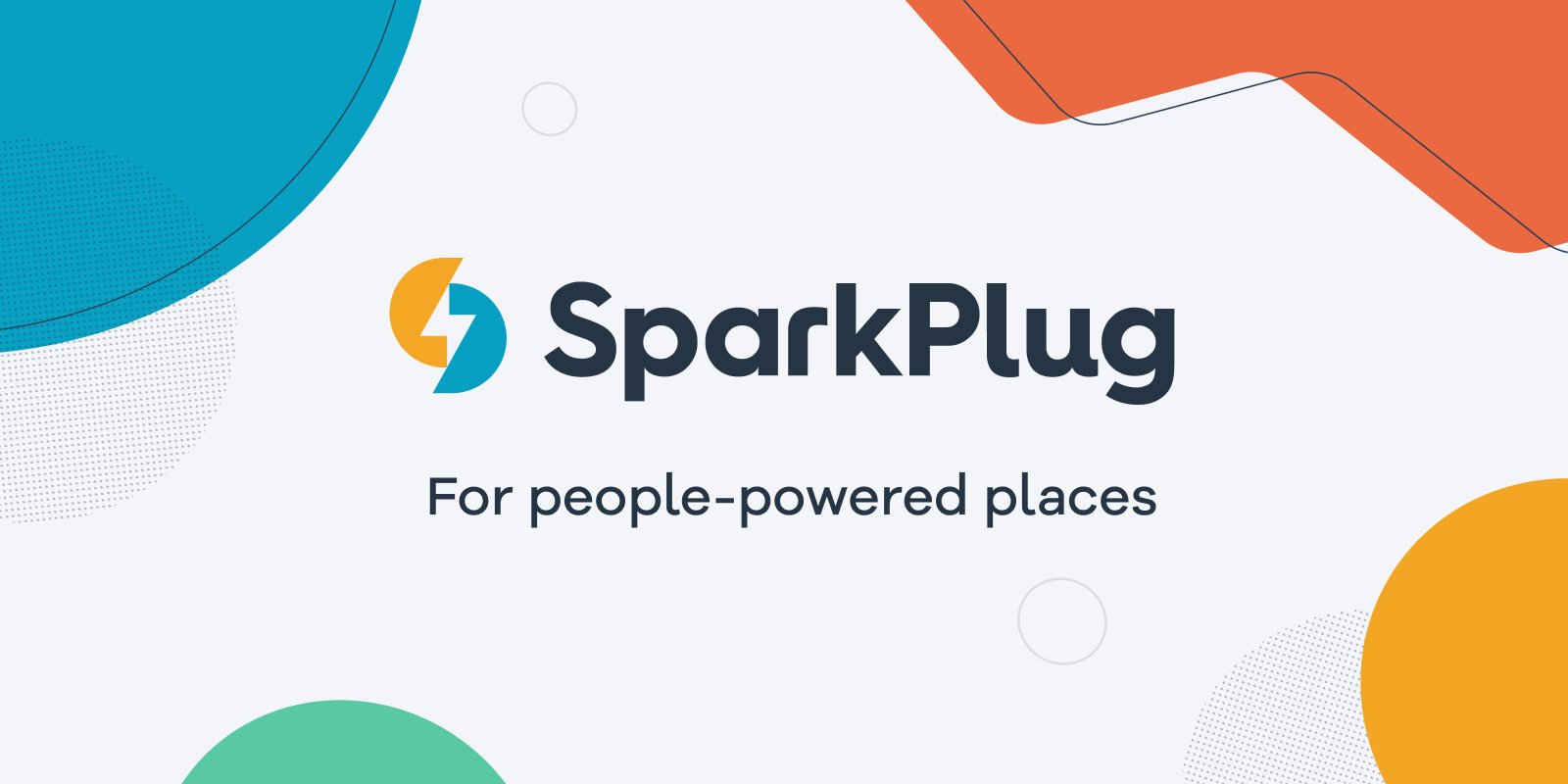
How SparkPlug Helps Brands Unlock The Potential Of Retail Employees
While brick-and-mortar traffic is surging as consumers return to in-person shopping, retailers are currently facing serious labor issues. As the rest of the labor market grew, retailers cut over 60,000 jobs in May as they confront persistently elevated inflation and shifting consumer demand. Hiring and high turnover rates remain particular pain points, so retailers—and brands at them—need to up their incentives to keep store employees on staff and engaged.
SparkPlug is a new retail incentive management platform allowing brands to harness the influence of store employees by turning them into paid brand ambassadors who can earn cash and other rewards for recommending products. “This is a true win, win, win,” says Jake Levin, co-founder and COO of SparkPlug. “The brand makes more money, the store has lower turnover and more motivated employees, and the employees make more money.”
Launched during the height of the pandemic, SparkPlug has quickly established itself in consumer packaged goods and services industries outside of beauty. Today, it has its sights set on beauty and is targeting boutique and small specialty beauty brick-and-mortar stores to start before expanding to larger retailers. Small retailers with high-touch selling models and well-educated staff provide the ideal testing ground for SparkPlug’s service as it relies heavily on employee input.
“The average customer spends 12 seconds looking at a beauty product before deciding if they’re going to purchase it or not. Creating a frontline team that is not only educated about a product and its differentiators, but is properly incentivized and motivated to share that knowledge with customers is extremely powerful.” says Levin. “Finding ways to align employees’ interests with that of the overall business is a real challenge. With SparkPlug, beauty retailers can now unlock the influence and expertise of their in-store team in a way that not only drives revenue for the business, but results in greater employee satisfaction and higher customer loyalty.”
Across its more mature non-beauty verticals, its service is utilized by 250 brand partners throughout 1,300 retail doors in the United States Roughly 27 beauty retailers have signed up with SparkPlug so far, including Atlanta-based beauty boutique Fig & Flower.
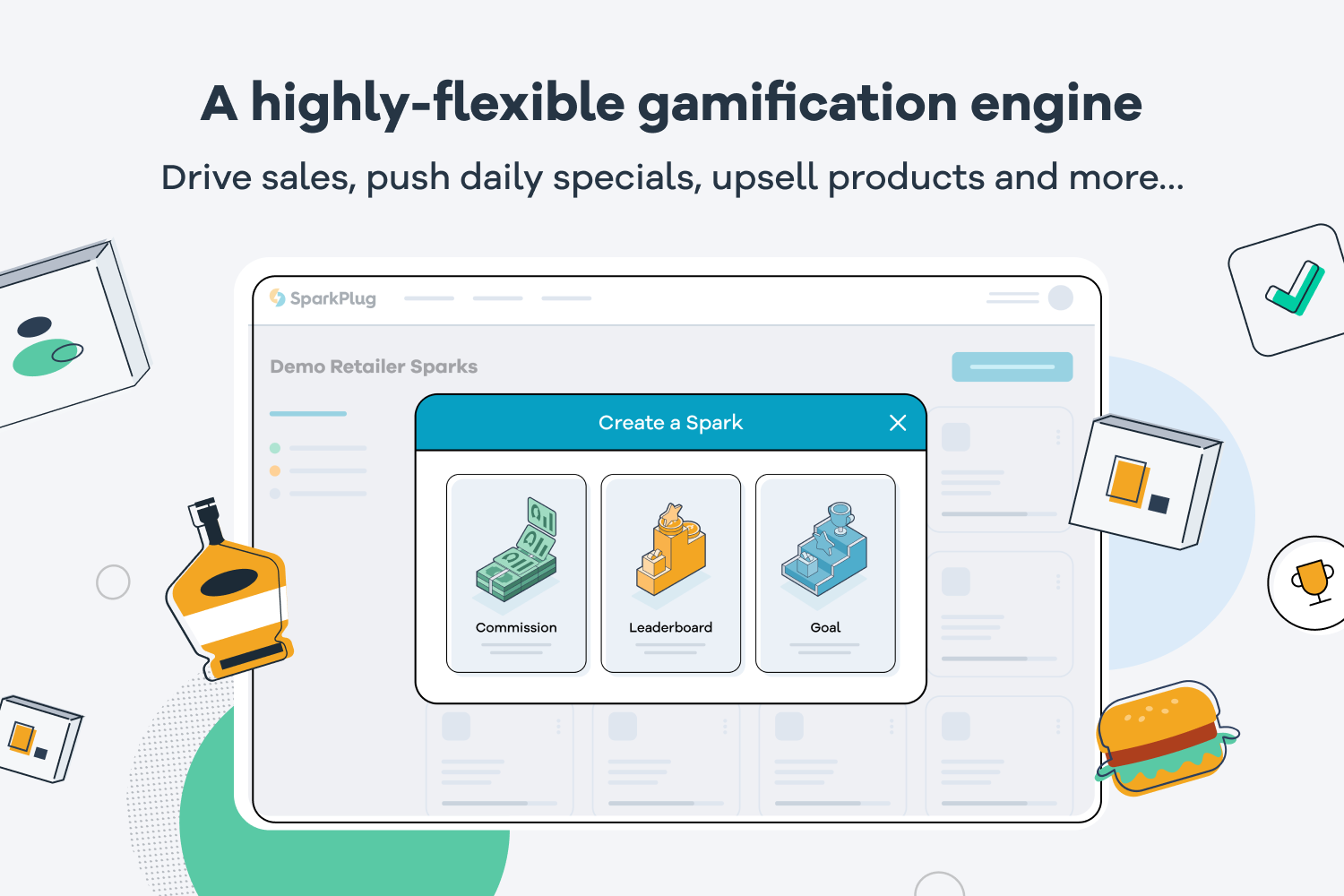
Brands are SparkPlug’s entry point into beauty as it works to gain a foothold in the industry. They spread the word to retailers that can sign up to the service for free. To assist in their efforts, SparkPlug builds out custom landing pages with sign-up links that brands can use to notify their retail partners about the service. Retailers are seeing the value. “We’re getting about 300 retailer referrals on a monthly basis,” says Levin. “Stores are thrilled to let their brand and vendor partners compensate store employees for evangelizing their products.” Early beauty brand partners include Unsun Cosmetics and Everist.
Jessica Stevenson, co-founder and CEO of Everist, says, “It’s great to see retail incentive apps like SparkPlug starting to pick up traction in the beauty industry to create a closer connection between retailers and their brand partners. Beyond incentives, the big advantage is the real-time sharing of retail sales data so brands can gain a deeper understanding of their store staff and customer needs and act quickly to uncover growth opportunities.”
Once a brand has signed on with SparkPlug, it gains access to a dashboard where it can generate and manage retail incentives. An incentive is referred to as a “Spark” in SparkPlug’s system. Brands can structure a Spark in three possible ways: a commission for every product sold, a collaborative sales goal for a particular store location or a head-to-head competition to sell the most units for a particular product.
A brand can create a Spark proposal by filling out the description details, which includes relevant products, date ranges, the reward that employees can earn and the participating locations where it wants the incentive to run. The proposal is then sent directly to its retail partner to approve or defer. “They have to pick and choose which ones to be incentivized at what time, so they don’t have seven different face creams competing with each other,” explains Levin. He reports that, overall, retailers on SparkPlug have a 90% approval rate on brand Sparks.
Once a Spark proposal is approved, brands can see how an incentive performs through live point-of-sale data that filters into their dashboards from the retailer, giving them direct access to trackable ROI information. They can segment data by product or stockkeeping unit, store employee or store location. On average, brands register a 35% increase in sales during weeks where they incentivize products through SparkPlug versus non-incentive weeks.
A mature non-beauty SparkPlug account recently became the top brand in its category after running a multichannel marketing campaign with a key retail partner. The campaign incorporated a commission-based Spark incentive alongside visual merchandising and a consumer promotion. The campaign led to 50,000 units selling in the first 30 days, with the top-selling store employee totaling 1,500 units through the incentive. “The campaign accelerated sales and doubled the number of retailers carrying our brand,” says the brand’s CEO. “Many other retailers were watching what we did and wanted to emulate that success.”
The brand ran over 150 Sparks across its distribution network for the month of June, a new record. “The data that we get from SparkPlug helps us assist our retail partners in real-time and determine the direction of our business strategies,” says the brand’s CEO.

Brands are not the only party that can initiate Sparks. Retailers can set goals to promote any trackable metric that they’d like, be it average check, total revenue or units per transaction. Non-beauty retailers in SparkPlug’s more mature verticals have seen a 38% reduction in turnover as well as an 11% increase in their average check.
Retail employees opt into SparkPlug’s system through text and from there will get notified about new Sparks they can participate in, which brands are initiating the Sparks and when the Sparks will run. They can also get live updates on how they’re performing in an incentive.
The vast majority of Spark rewards are cash payouts like Visa or Amazon gift cards that get delivered directly to the employee via text. On average, employees can earn up to $7,000 in additional annual income through participating in SparkPlug.
According to Levin, the payouts are an advantage SparkPlug’s system has over other incentive programs on the market. “While there are other incentive platforms out there, there’s realistically only two others that are focused on retail,” he says. “Neither of those are currently in the beauty industry and neither of them offer cash payout options for their employees. It’s always free products or discounts in stores. We are in a really unique situation where we don’t have a true competitor. ”
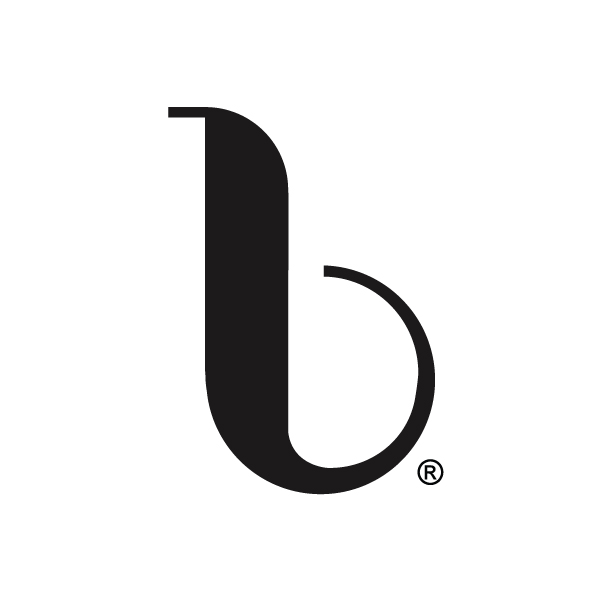
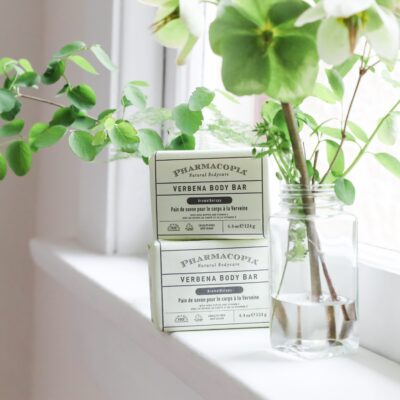

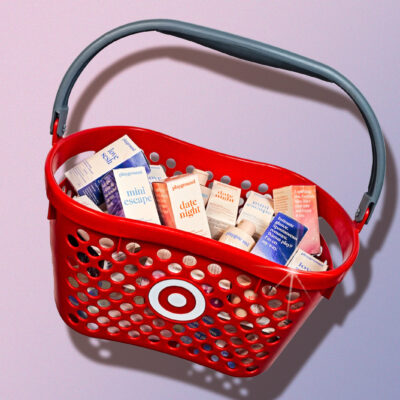

Leave a Reply
You must be logged in to post a comment.